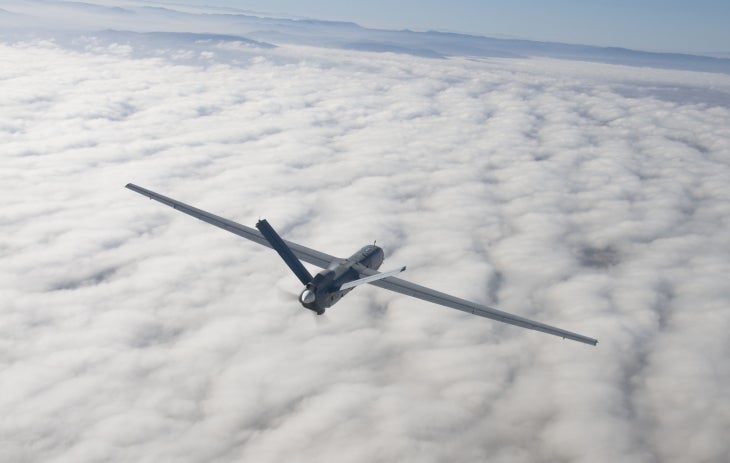
Turkey is planning to add satellite communication (SATCOM) capability to the domestically manufactured Anka unmanned aerial vehicle (UAV), Turkish Undersecretariat for Defense Industries (SSM) head Murad Bayar has revealed.
Bayar was quoted by Defense News as saying that the UAV’s final design will evolve following consultations with the Turkish Air Force on the required modification or additions.
”The most critical modification from the original design will be the satcom capability, which we have decided to add to the aircraft,” Bayar said.
Meanwhile, an unnamed procurement source familiar with the programme told the news agency that the SATCOM capability is considered to be an ideal solution for the UAV operations.
”It will enable extended-range data capture and transfer. A kind of multiplier, in a way,” the source said.
Bayar also informed that Turkish Engine Industries (TEI) has been ordered to develop an engine for the Anka after the original manufacturer, Avic International decided to abandon military business, and stopped deliveries in August.
Anka manufacturer, Turkish Aerospace Industries (TAI) has previously ordered the Centurion engine for an initial batch of ten UAVs, but is now required to explore other options.
Bayar said the delays due to the engine problem are not a cause of concern as TEI’s research and development programme for an engine could lead to a solution.
”Alternatively, we could consider an engine like [the German] Rotax, or modify an existing automobile engine for the Anka,” Bayar noted, adding that the SSM is also very soon expected to sign a contract with TAI for acquisition of ten Anka systems for the Turkish Air Force.
Having completed acceptance tests in late January, the Anka medium altitude long endurance (MALE) UAV is designed for real-time image intelligence, surveillance, reconnaissance (ISR), target detection, recognition, identification and tracking missions.
Image: The Anka unmanned aerial vehicle during its acceptance testing programme. Photo: courtesy of © 2013 TAI – Turkish Aerospace Industries Inc.








